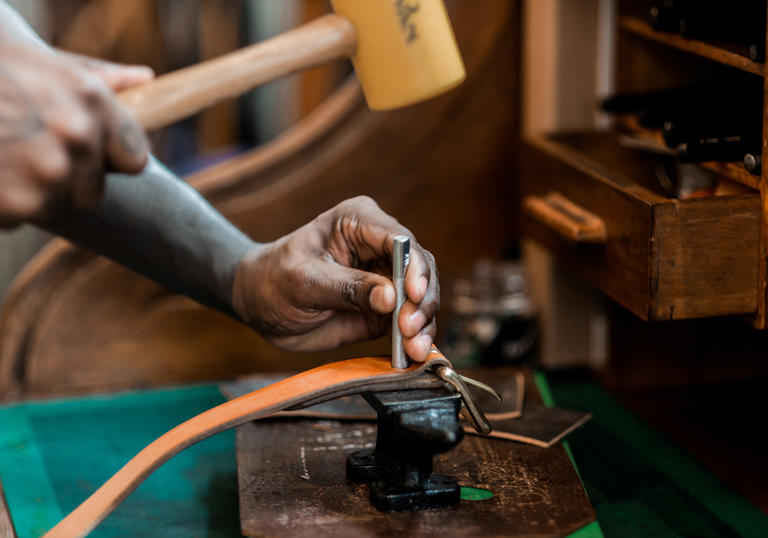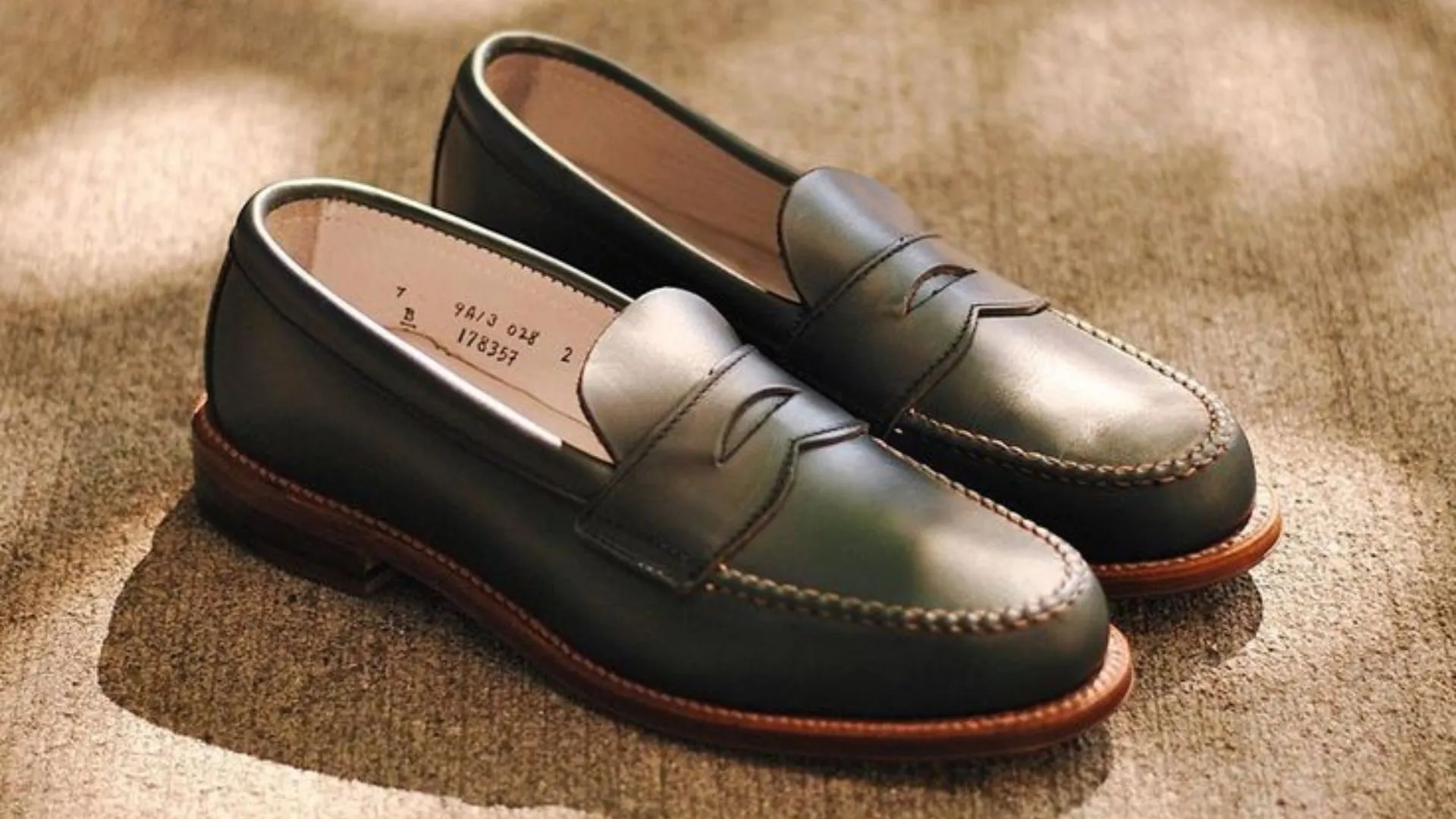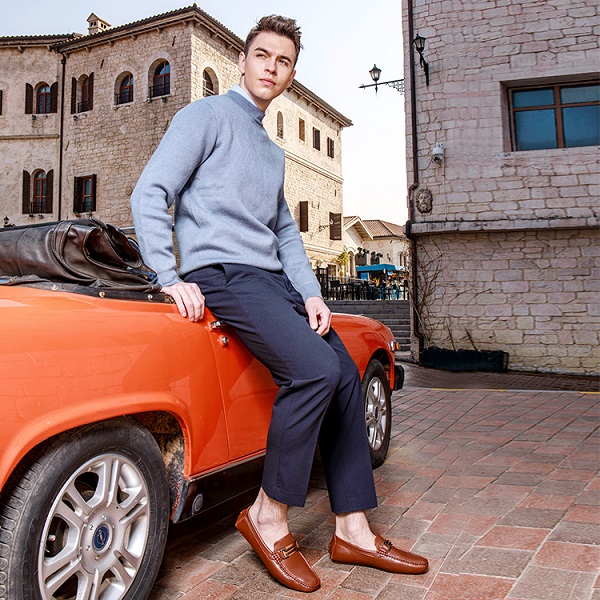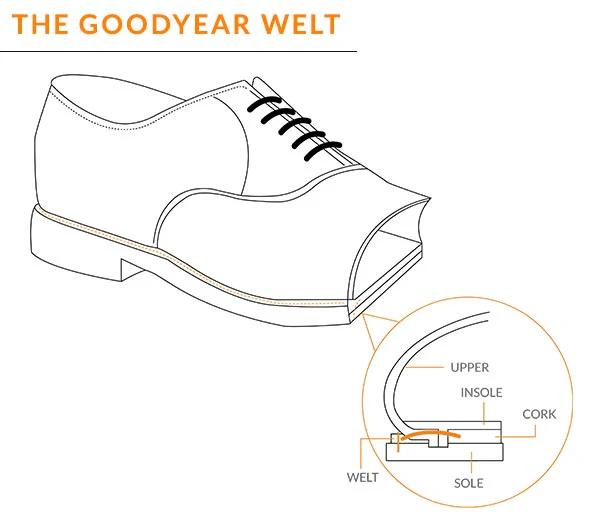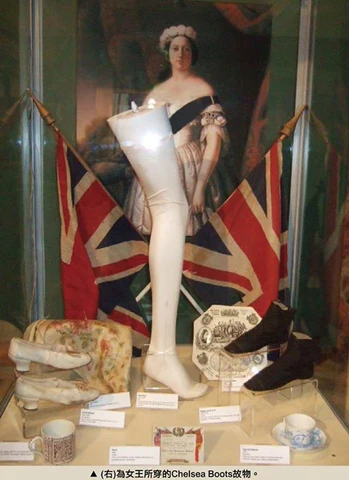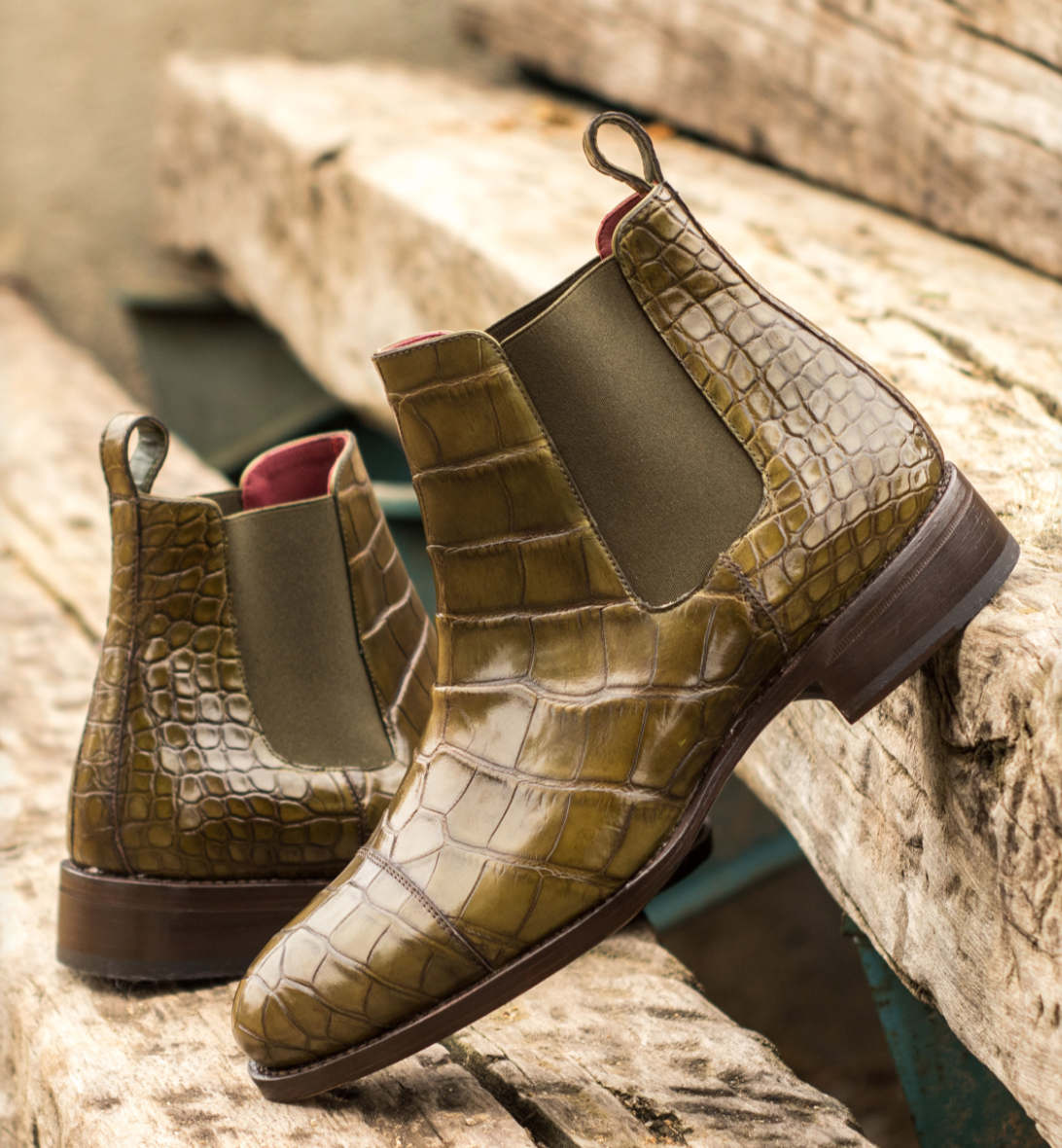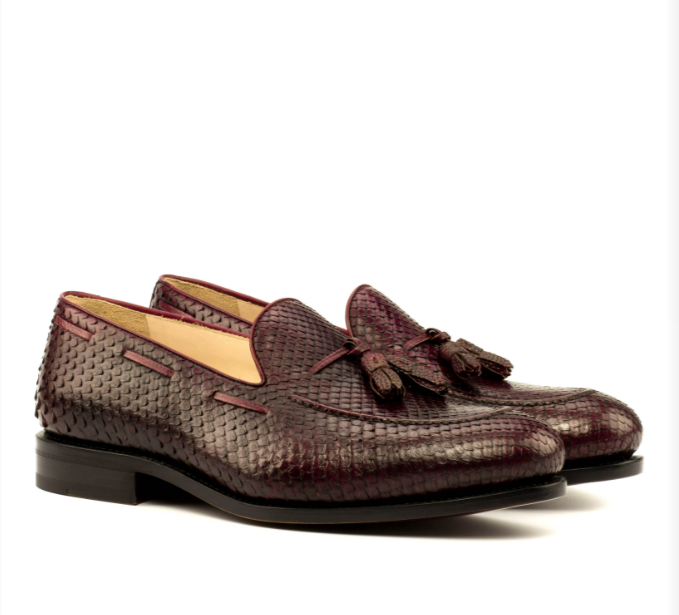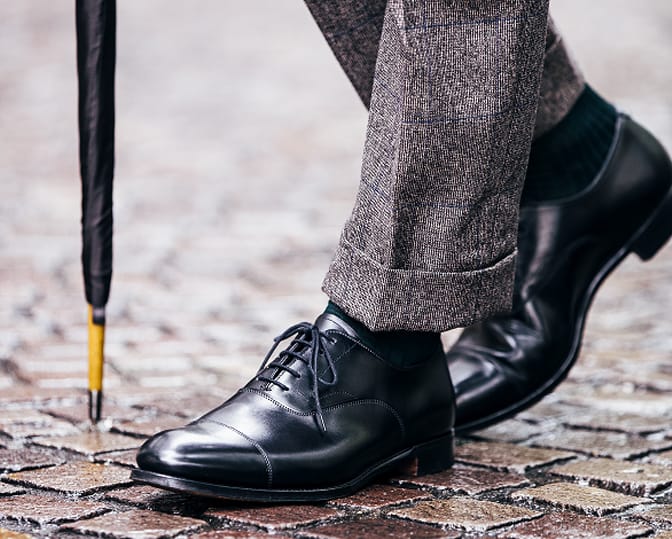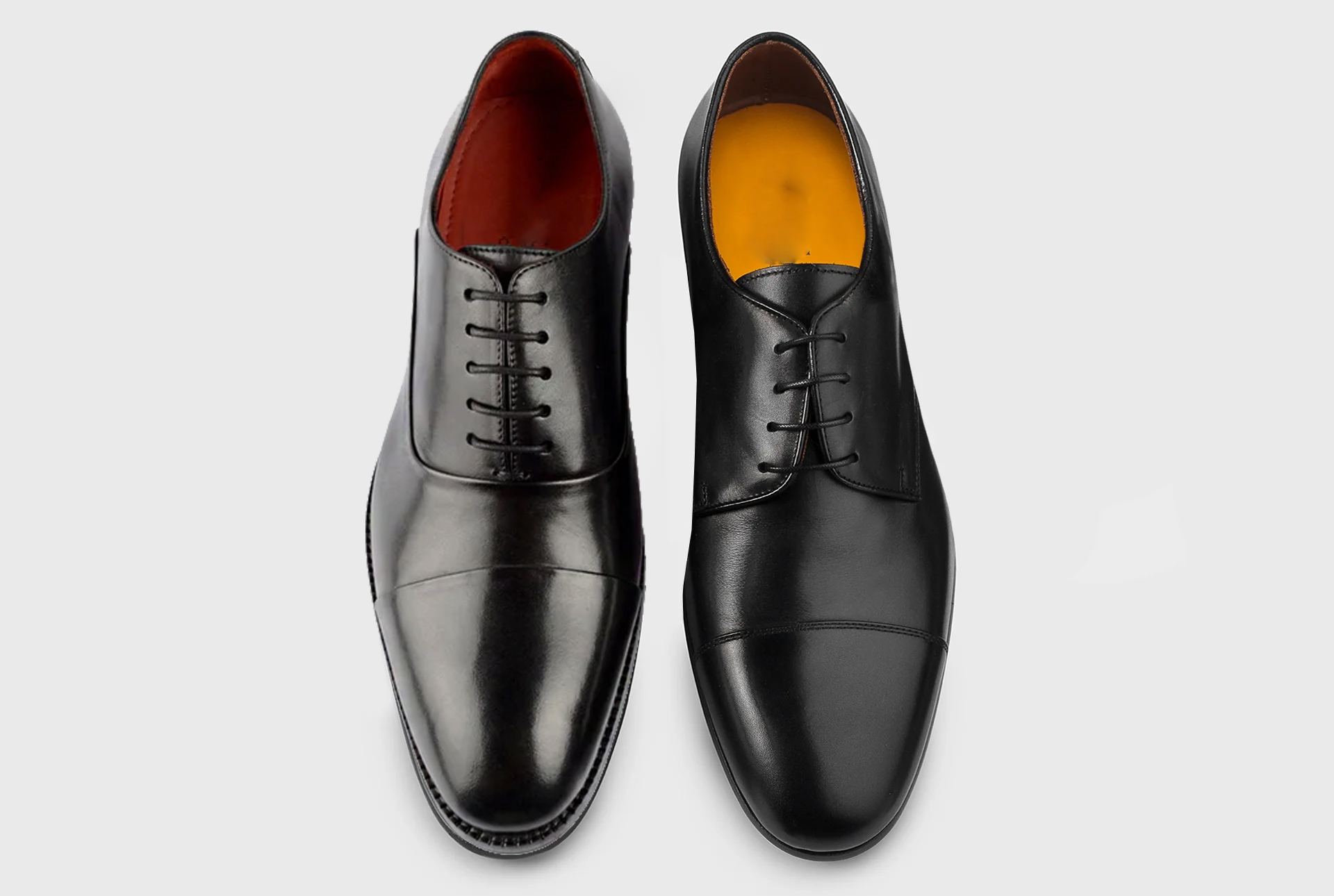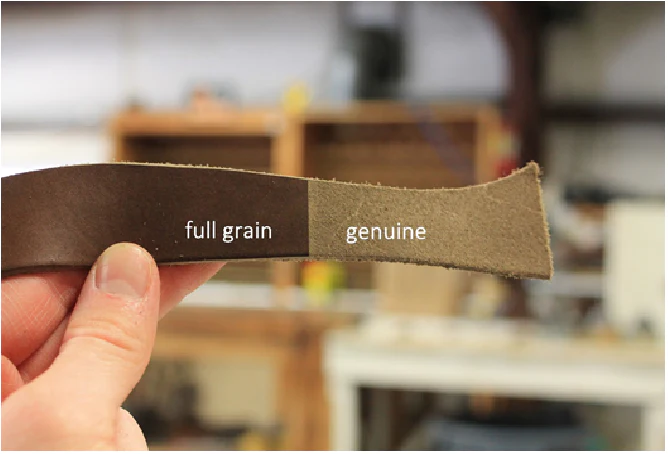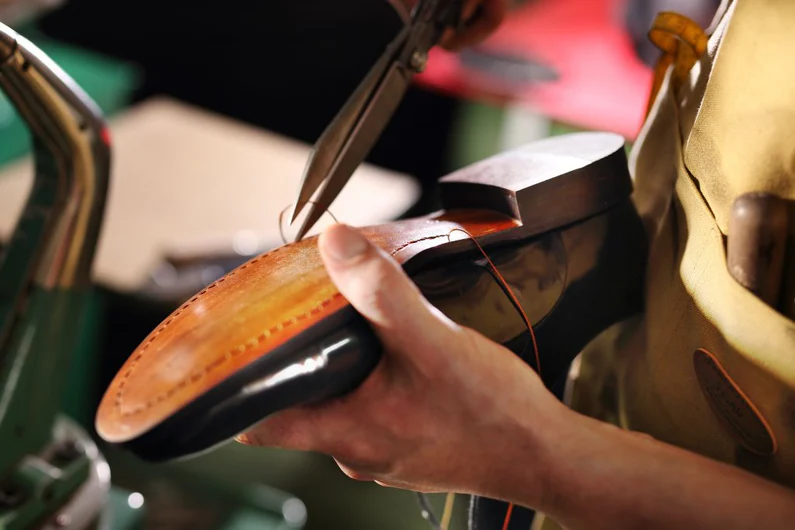The aging of leather refers to a process through which leather transforms over a period of years through contact with natural factors such as sunlight, moisture, and use. Unlike synthetic materials, high-quality leather acquires an esthetically pleasing aging process, developing a patina, a soft glow or deep color, that deepens its beauty and character with age. How a piece of leather ages will depend on its kind, quality, and level of maintenance.
1. Full-Grain Leather: The Best Aging Process
Full-grain leather undergoes a real and pleasing aging process. Because it keeps its full grain layer, full-grain leather can soak in oils from a wearer’s skin, mold to changing environments, and build a rich, deep patina over a period of years. As a result, full-grain leather items become even more desirable with age, and for that reason, full-grain leather is in high demand for high-end belts, wallets, bags, and upholstery. Full-grain leather aging deepens its texture, creating a warm, nostalgic look that tells a story of its use.
2. Top-Grain Leather: Controlled Aging
Top-grain leather shows an acceptable aging process, but not one with a rich patina such as full-grain leather. Because it is processed and sanded, its oils and fibers go through minor transformations, creating a less deep aging impact. Nevertheless, with proper maintenance, top-grain leather can become soft and maintain its elegant looks over a period of years. As it doesn’t darken and change much in contrast with full-grain leather, it keeps its durability and beauty, and therefore, it is a preferred one for fashion goods, bags, and upholstery.
3. Genuine Leather: Limited Aging Potential
Genuine leather experiences the most unflattering aging process with its make-up consisting of the lower parts of the hide and its constant heavy processing. With age, it tends to develop cracks, peel, or shed its finish, but not a patina. Unlike full-grain and top-grain leather, whose quality matures with age, and even when subjected to excessive moisture and friction, genuine leather tends to break down. As a result, items made of genuine leather have a shorter life and will require replacement at an early stage.
What Affects the Aging Process of Leather?
Several factors influence how leather ages:
- Exposure to Sunlight – Can darken full-grain leather, but may cause cracks in lower-quality leather.
- Oils and Moisture – Natural body oils and conditioning help develop a patina, while excessive dryness can lead to cracks.
- Daily Use – Regular handling and movement help full-grain leather soften and develop character.
- Leather Care – Proper cleaning, conditioning, and storage can prolong the leather’s life and improve its aging.
Why the Aging Process Matters
A well-aged full-grain leather product is most valued for its character, individuality, and luxurious looks developed over a period of years. Many enthusiasts value items that gain increased beauty with age, and in doing so, make high-quality leather a wise long-term purchase. On the other hand, poor-quality leather tends to worsen over a period of years, and therefore, choosing the correct kind of leather when buying leather items is important.

